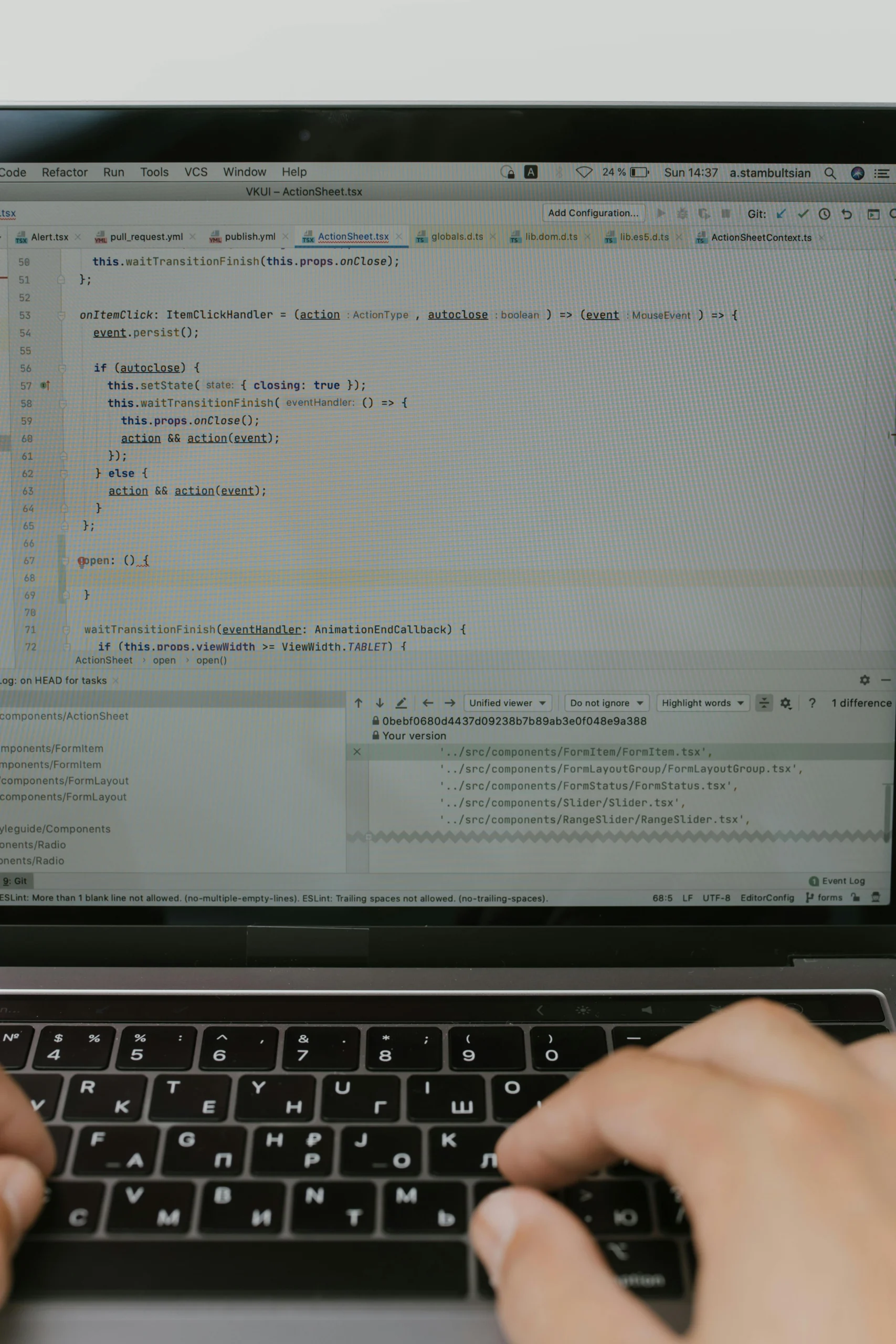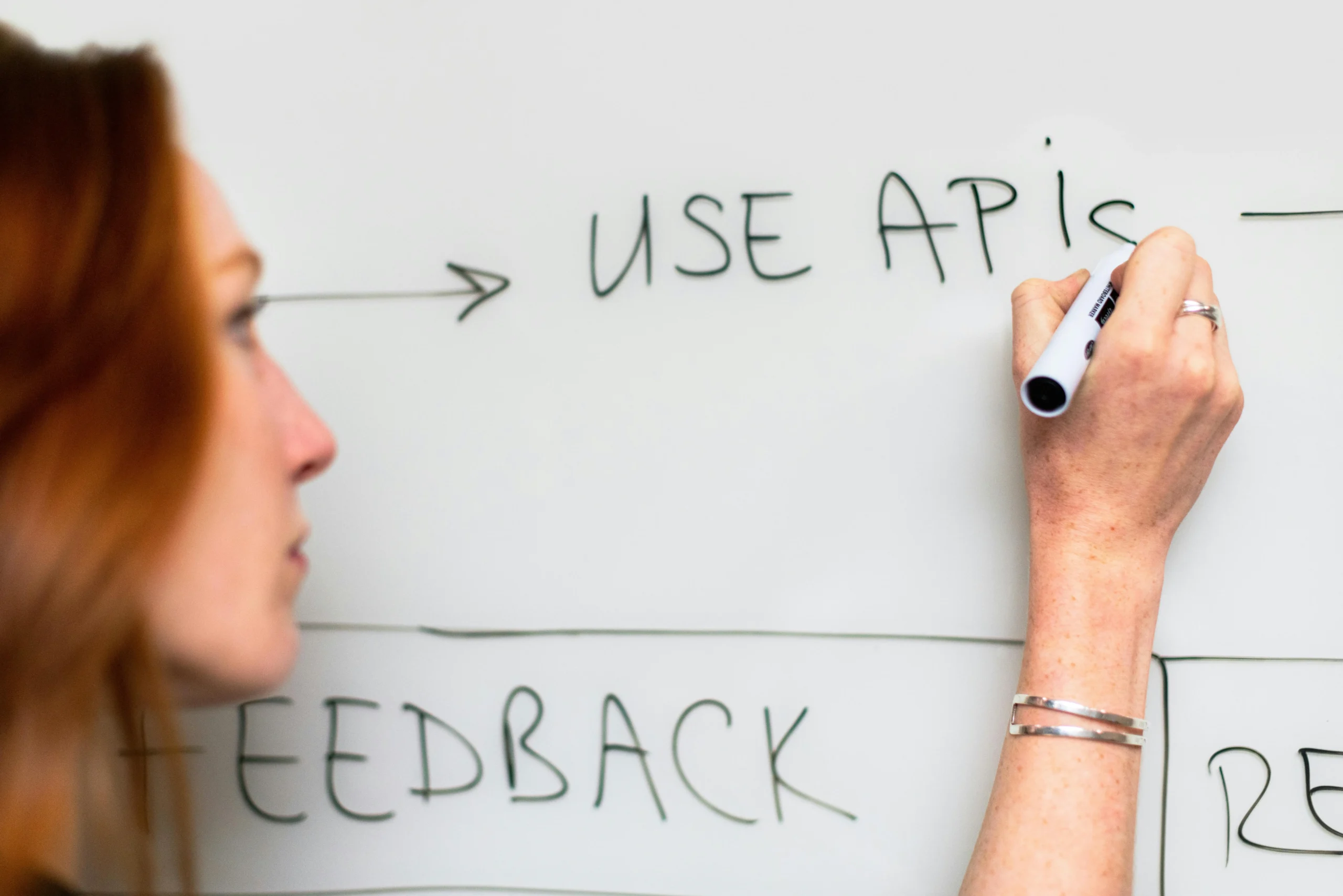Interest is mounting in agentic AI, which aims to operate with minimal human input as an autonomous collaborator. Yet, Gartner forecasts that over 40% of agentic AI projects may be canceled by 2027 due to a mismatch between the technology and actual use cases, as well as insufficient maturity. The phenomenon of ‘agentwashing’ has emerged, where traditional automation tools are misrepresented as agentic AI, further clouding the landscape. As businesses rush to adopt these tools, there is a significant risk of premature investment in capabilities that are not yet viable.
Three key limitations currently hinder the successful deployment of agentic AI. First, these models do not learn from experience, necessitating explicit instruction for every task. Additionally, agentic AI lacks an intuitive understanding of the world and struggles with complex, multi-step workflows, leading to potential errors. Finally, the black-box nature of current AI models complicates alignment and control, increasing the risk of unintended consequences when integrated into business systems. These barriers highlight the importance of a solid data foundation and the need for ongoing innovation in AI technology.
Despite the challenges, early versions of agentic AI, such as Manus AI and ChatGPT Agent, illustrate the potential for future applications. Currently, organizations can leverage these tools for structured tasks, advancing what is possible while laying the groundwork for future advancements in AI. As agentic AI continues to evolve, companies must prioritize data governance and integration to ensure they are well-positioned for long-term success.
👉 Pročitaj original: CIO Magazine







